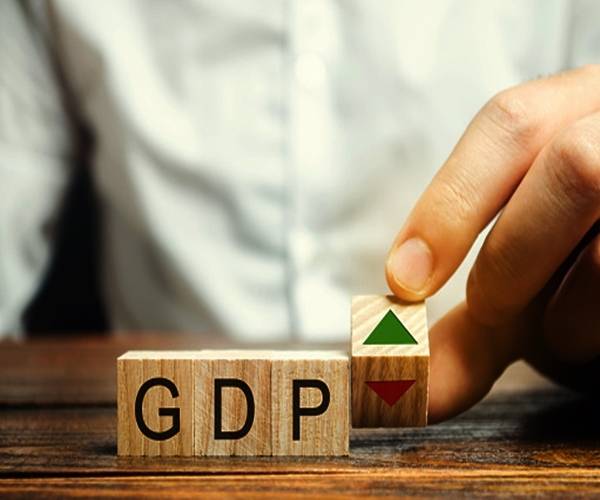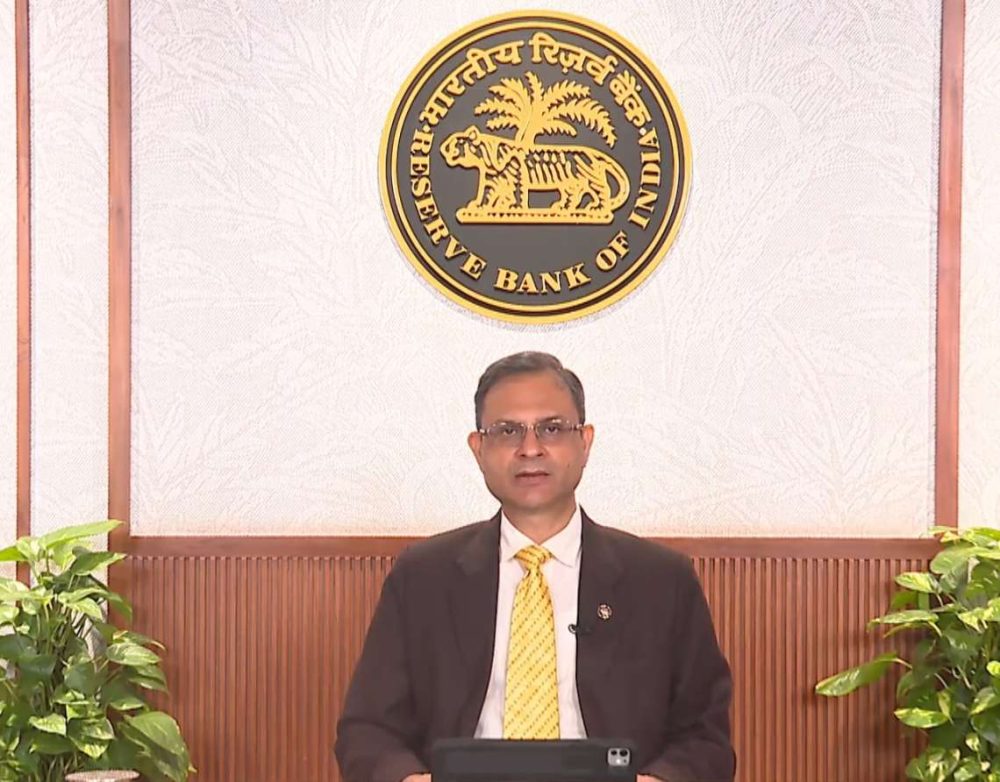Noting that the COVID-19 crisis has wreaked havoc on labour markets in the developing world, the World Economic Situation and Prospects 2021, said that by mid-2020, unemployment rates had escalated to a record high 23 per cent in India…reports Asian Lite News

India’s economy is estimated to have contracted by 9.6 per cent in 2020 due to the coronavirus pandemic.
Noting that the COVID-19 crisis has wreaked havoc on labour markets in the developing world, the World Economic Situation and Prospects 2021, said that by mid-2020, unemployment rates had escalated to a record high 23 per cent in India.
It said that the pandemic has disproportionately affected labour-intensive service sectors in both developed and developing countries. Commercial air travel, tourism, catering, leisure, personal care and retail industries, manufacturing, trade and transportation, which typically employ large numbers of low-skilled workers, faced the largest job losses.

Many of the jobs in these sectors cannot be performed remotely, making them vulnerable to lockdown and quarantine measures.
“The pandemic has also adversely affected female labour force participation in labour-intensive sectors, as more than 50 per cent of workers in those sectors are women, and they are often the entry point into work for women, youth, migrant workers and the rural population,” said the report.
In 2021, the Indian economy is projected to grow at 7.3 per cent, according to the release by the United Nations Department of Economic and Social Affairs (UNDESA)
In 2022, the growth rate, however, is likely to slow down to 5.9 per cent from this year’s projected level.
The report noted that economic growth in South Asia in 2021 will be insufficient, at 6.9 per cent, to make up for the losses of 2020, as pandemic hotspots re-emerge and, increasingly, the ability of governments to deal with the multitude of challenges becomes exhausted.

“While trade, remittances and investment are expected to pick up in 2021, as much of the global economy moves towards recovery from the widespread lockdown, investment and domestic consumption in many South Asian countries will nevertheless remain subdued owing to the continuing threat of the pandemic and the scarring effects of the crisis,” it said.
Regional economic growth for 2022 is forecast at 5.3 per cent, which would allow South Asia to finally exceed its 2019 economic output, although only marginally.
On the other hand, South Asian countries that are relatively more exposed to global economic conditions, such as Bangladesh and Maldives with their high share of foreign trade and Nepal with its dependence on tourism and remittances, will enjoy a stronger rebound, of about 10 per cent growth in 2021.
“Other countries in the region will experience economic growth ranging from 3.1 per cent (Sri Lanka) to 7.3 per cent (India),” said the report.
Also read:Microsoft profit jumps 17%









